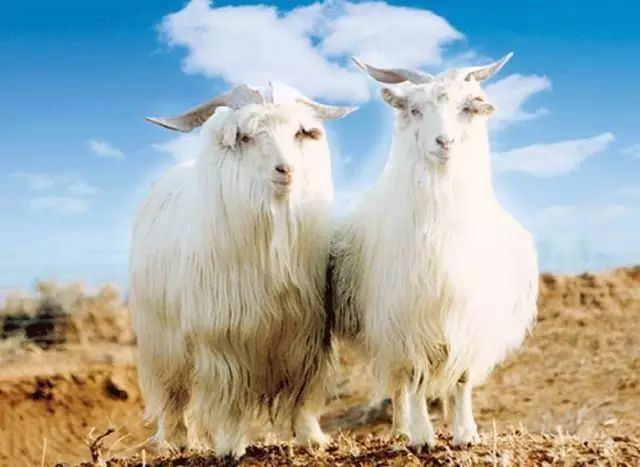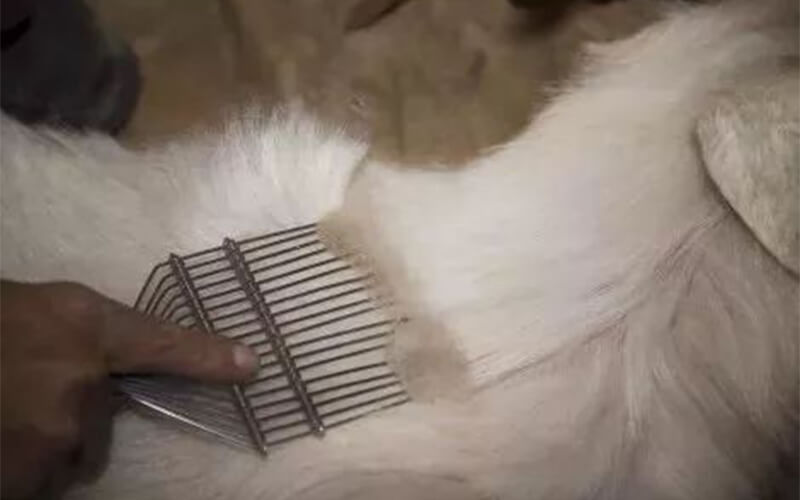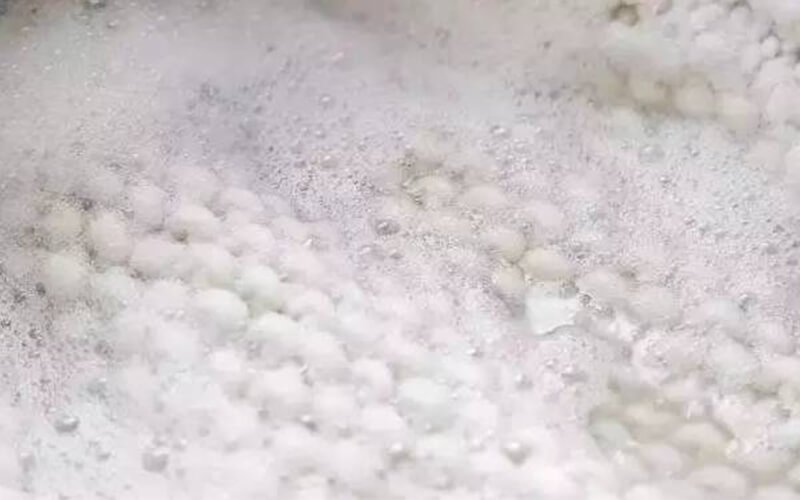When it comes to winter warmth, everyone must immediately associate it with wool? No, cashmere? Cashmere? Or wool? I don’t know! Often people confuse “cashmere” and “wool”, mistakenly thinking that cashmere is fine wool. In fact, not, “down” and “wool” a word difference, but there are ten essential differences.

cashmere vs wool
cashmere vs wool comes from different sources
Cashmere and wool grow on different kinds of sheep. The wool comes from sheep and cashmere comes from goats. The best wool in the world comes from Australia, and the best cashmere comes from the Inner Mongolia region of China, and 70% of the world’s cashmere is produced in China’s domestic Mongolia, which is also superior in quality to other countries.
Wool
Wool from sheep is called wool, and even though sheep’s wool is very fine, it is called wool in the industry and profession. Wool products have a rich feel, good warmth, comfortable to wear and other characteristics.
Cashmere
Cashmere is a thin layer of fine wool that grows on the skin of goats and is hidden in the roots of their coarse wool. It grows in the winter when it is cold to protect against wind and cold and falls off in the spring when it is warm.
cashmere vs wool is collected differently

cashmere vs wool
Collecting wool is like getting a haircut or taking off your clothes, you shave it all off with shears and “take off” the whole thing. This is called shearing.
Cashmere, on the other hand, grows on the roots of the goat’s coarse wool, and when it comes time to shed it in the spring, shepherds use a special iron comb to grab it like a hairbrush, making it raw cashmere.

cashmere vs wool
cashmere vs wool production is different
Each sheep can produce several kilograms of wool per year, while each goat can only harvest a few dozen grams of cashmere per year. 2019 global wool production is around 1.1 million tons, while cashmere is about 20,000 tons. It can be said that cashmere has become a “luxury” product.
If all the cashmere produced in the world each year is used to make cashmere sweaters, then every 5,000 people in the world can share 1 piece. If all the sheep’s wool produced in the world is used to make wool sweaters, then every person in the world can have 2 pieces.
cashmere vs wool has different skin-friendliness
Cashmere fibers consist of scales and cortical layers without a medullary layer, and the average diameter is mostly 14~16μm, while even for fine wool, the average diameter is 19.1~25μm.
The scales of fine sheep’s wool have coarse and less clear edge lines, forming a larger slope with the hair stem, and more serrations protruding outward on the sides; the surface of the scales is rough and not smooth.
cashmere vs wool Different warmth
American author Fran Lebowitz once said, “I don’t believe in God, I only believe in Cashmere. The best piece of cashmere is better than the warmest hug.”
Cashmere is eight times warmer than wool and is lighter than wool, weighing only one-fifth as much, making it the perfect winter fabric, but it is also more expensive and less durable than wool.
cashmere vs wool Different color and luster
Wool’s scales are pointed, while cashmere’s scales are rounded. Cashmere fibers are hollow and do not have a medullary layer, so the luster of cashmere is richer and softer.
cashmere vs wool Different Wrinkle Resistance

cashmere vs wool
Because wool’s wool is medullary and solid, and cashmere’s wool is unmedullary and hollow, a double-sided cashmere coat will feel quite elastic when grasped by the hand. Since cashmere is a good animal protein, grab a handful and then let go, the clothes will immediately regain their flatness and will not wrinkle.
cashmere vs wool Different resistance to washing and shrinking
Cashmere sweaters basically do not shrink after washing, and wool sweaters do shrink.